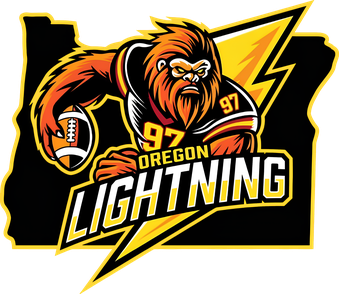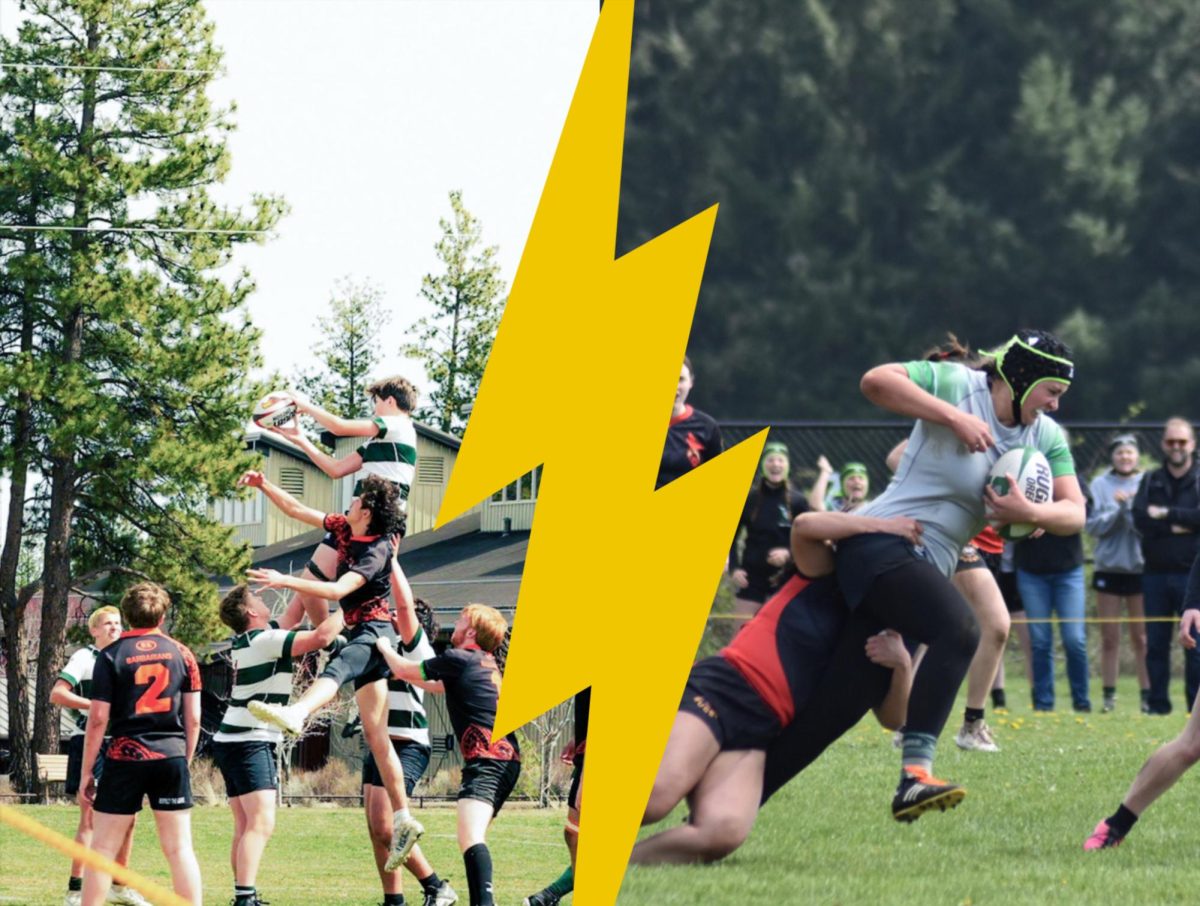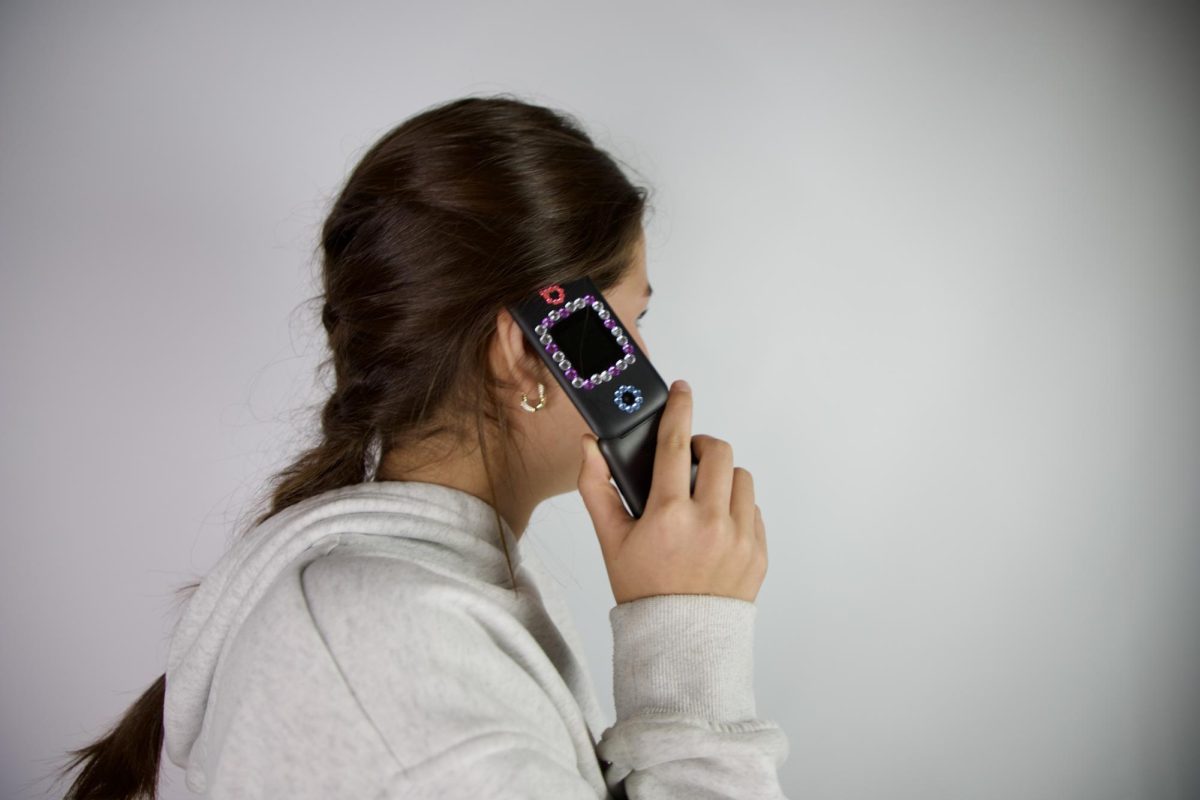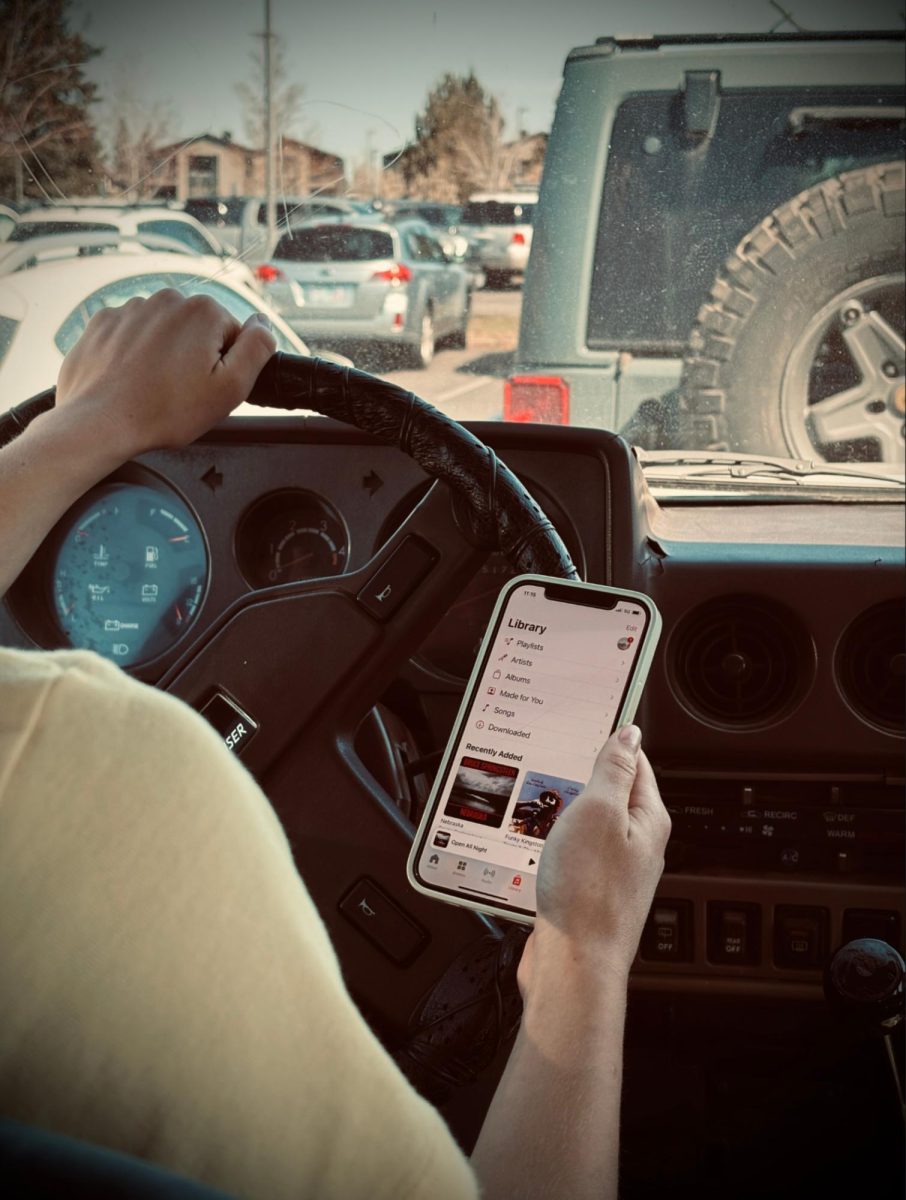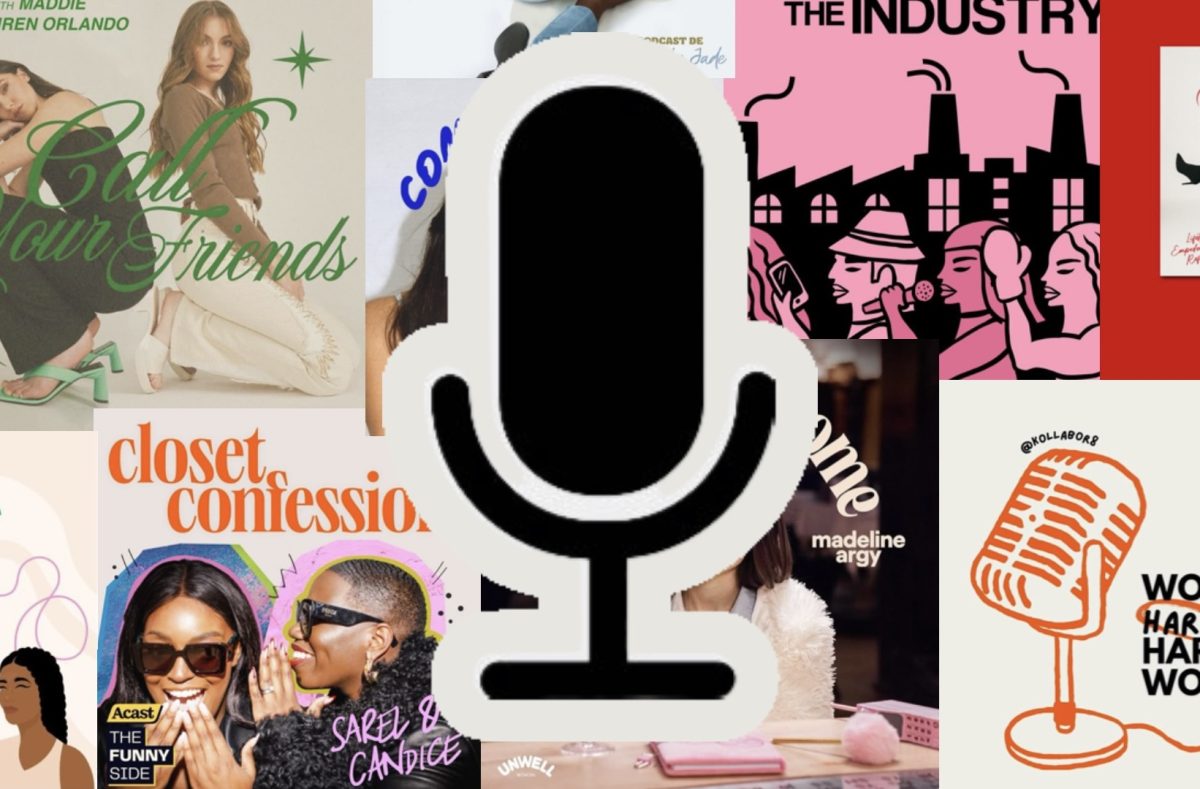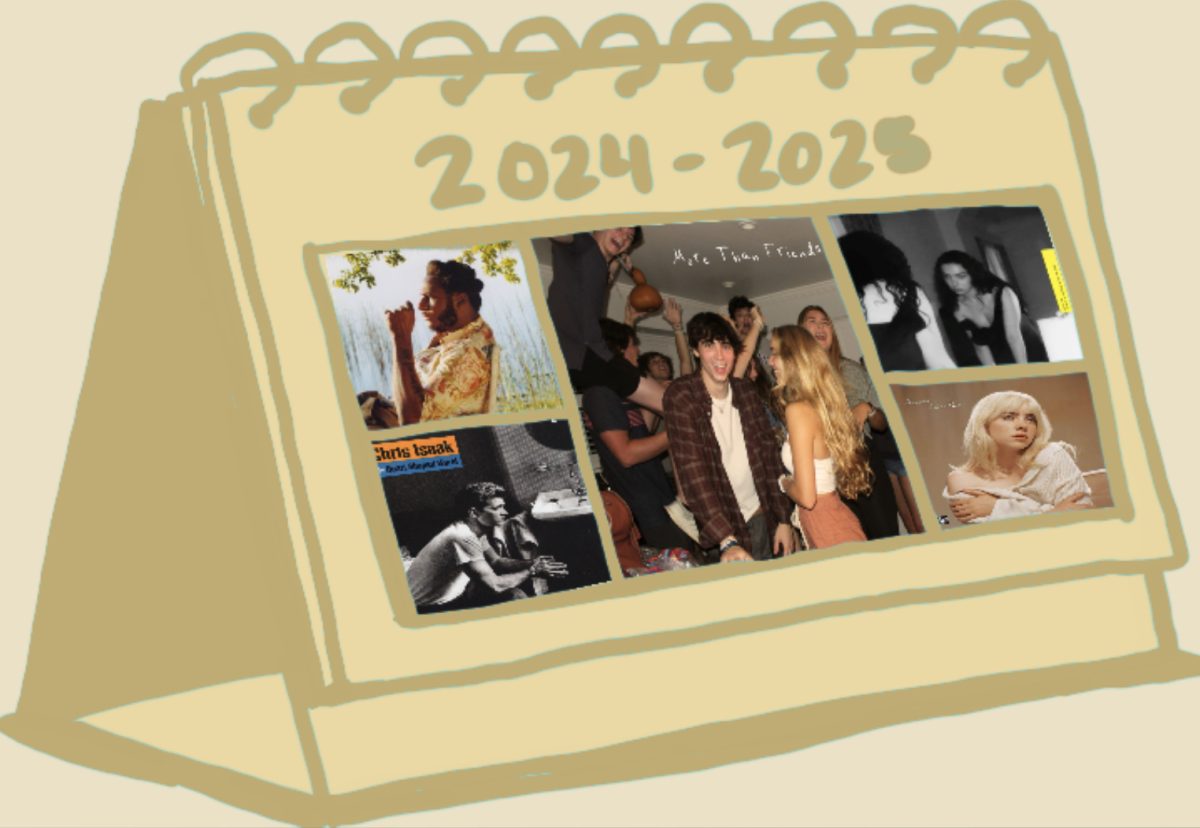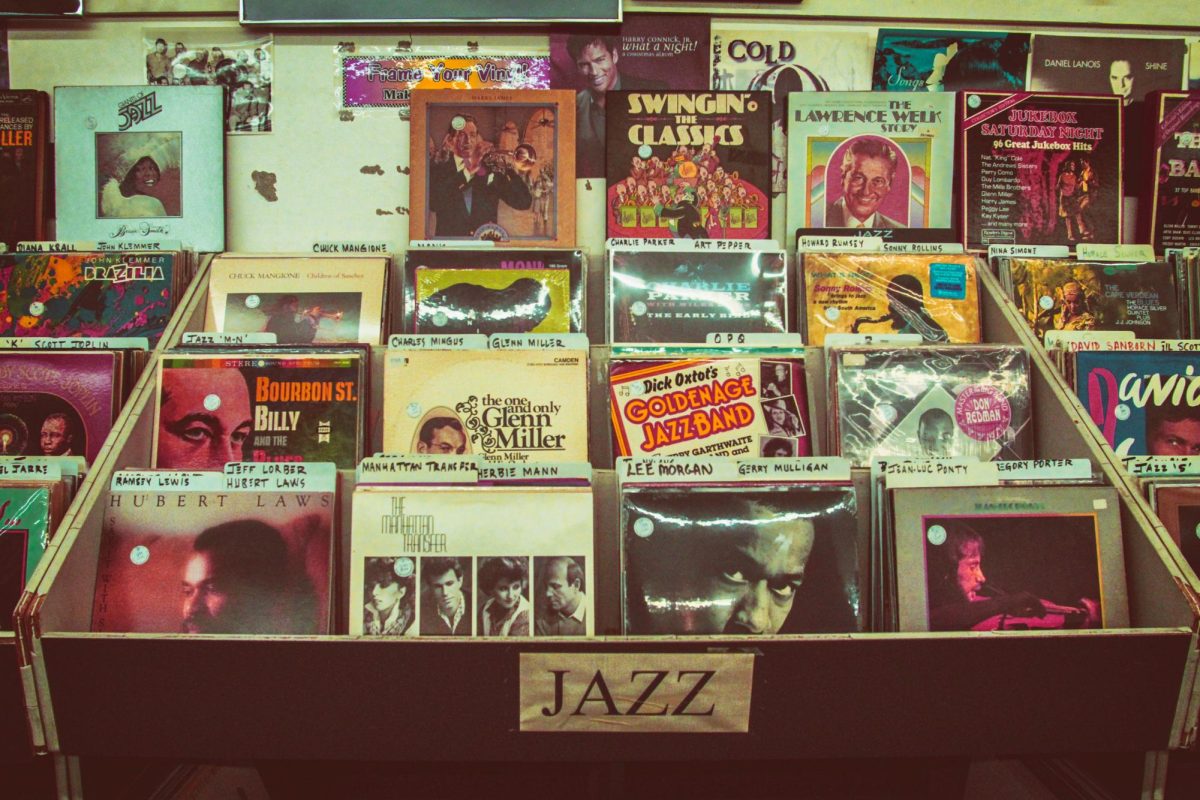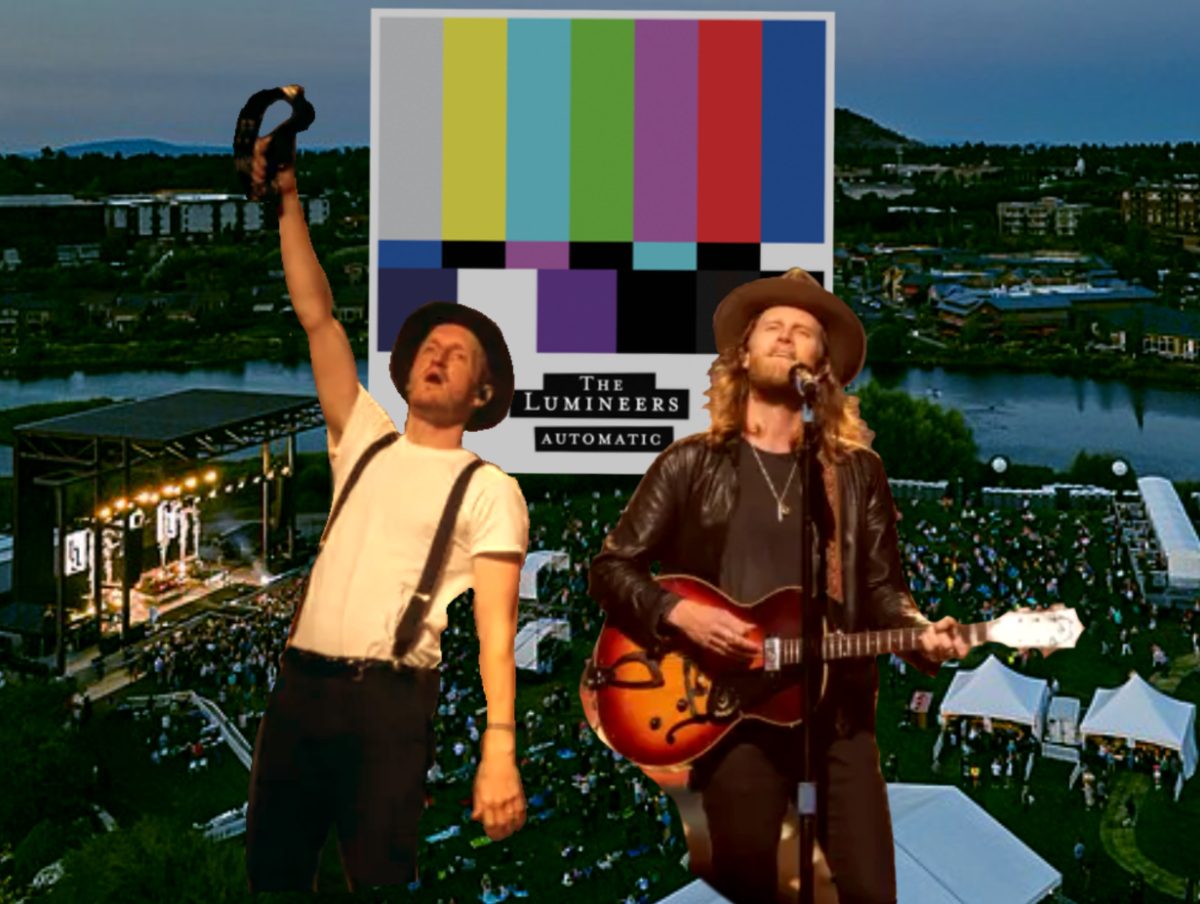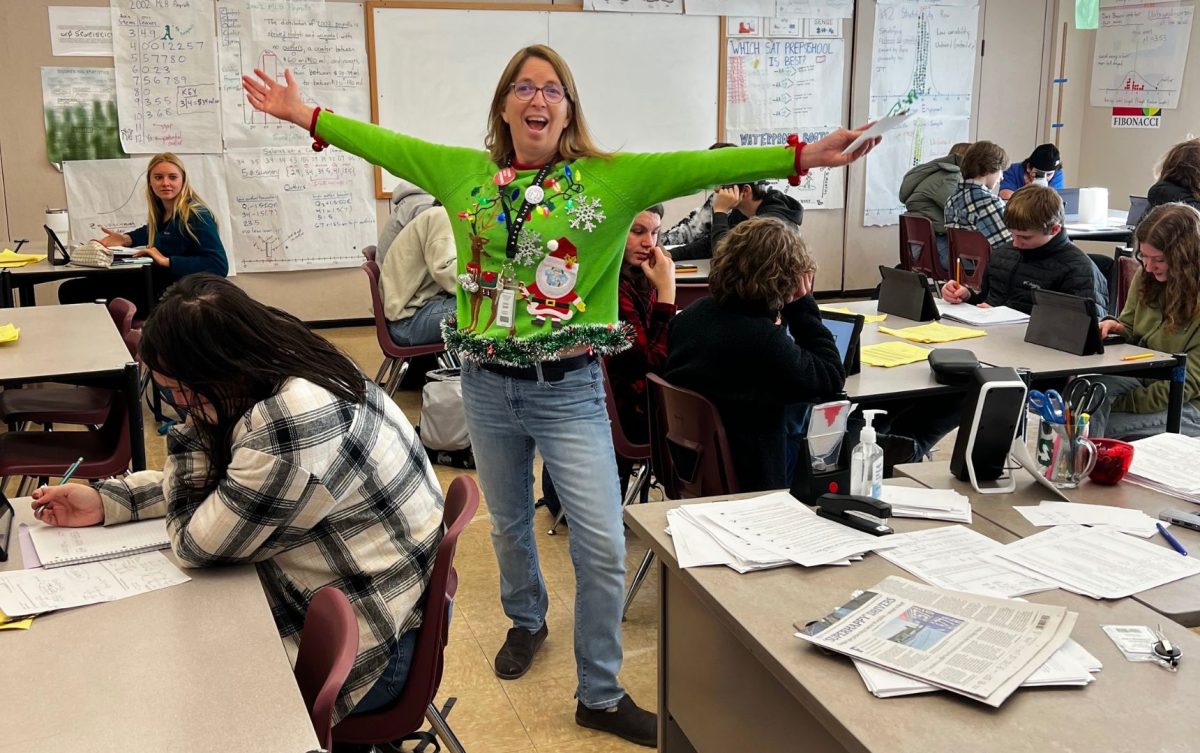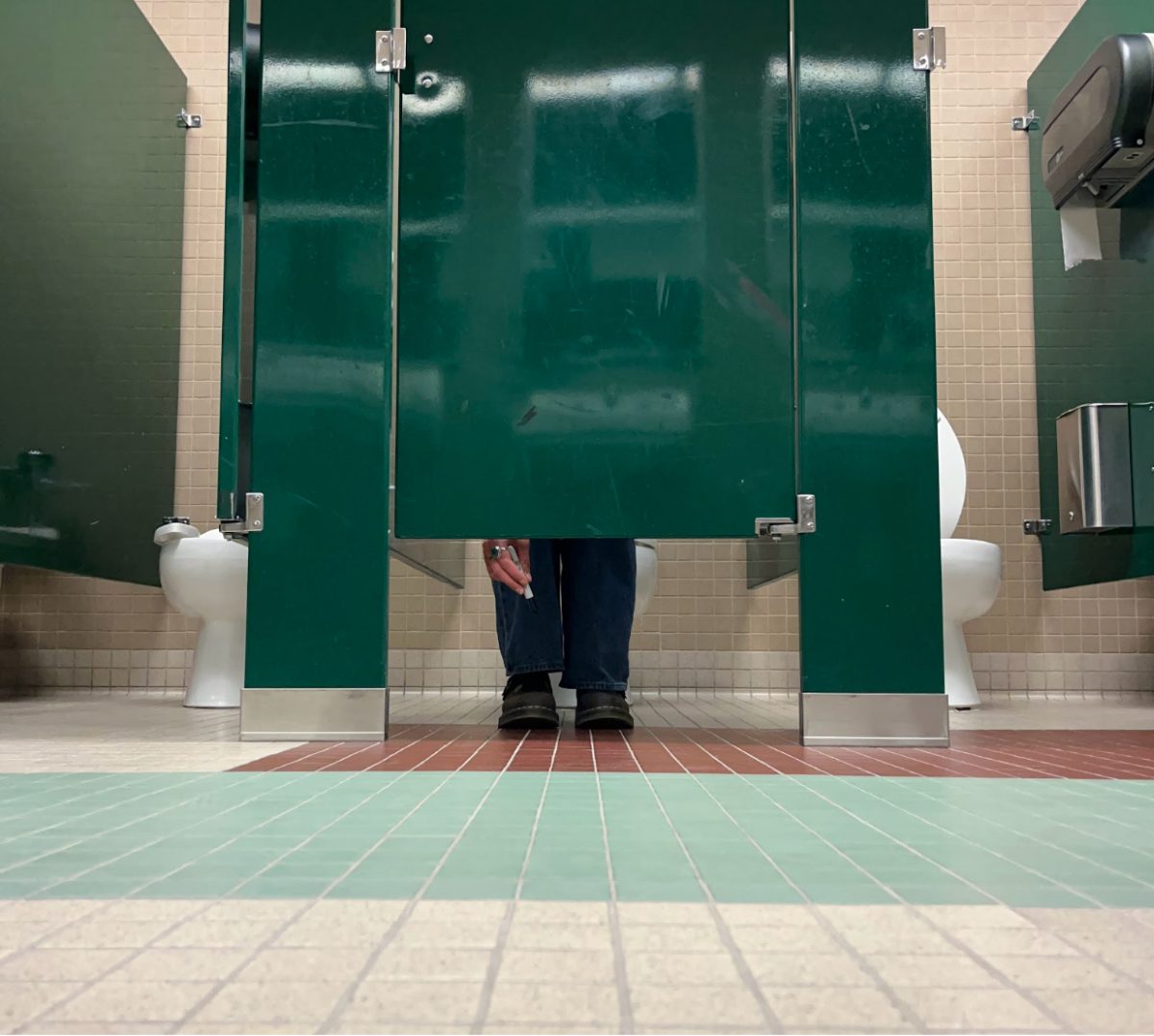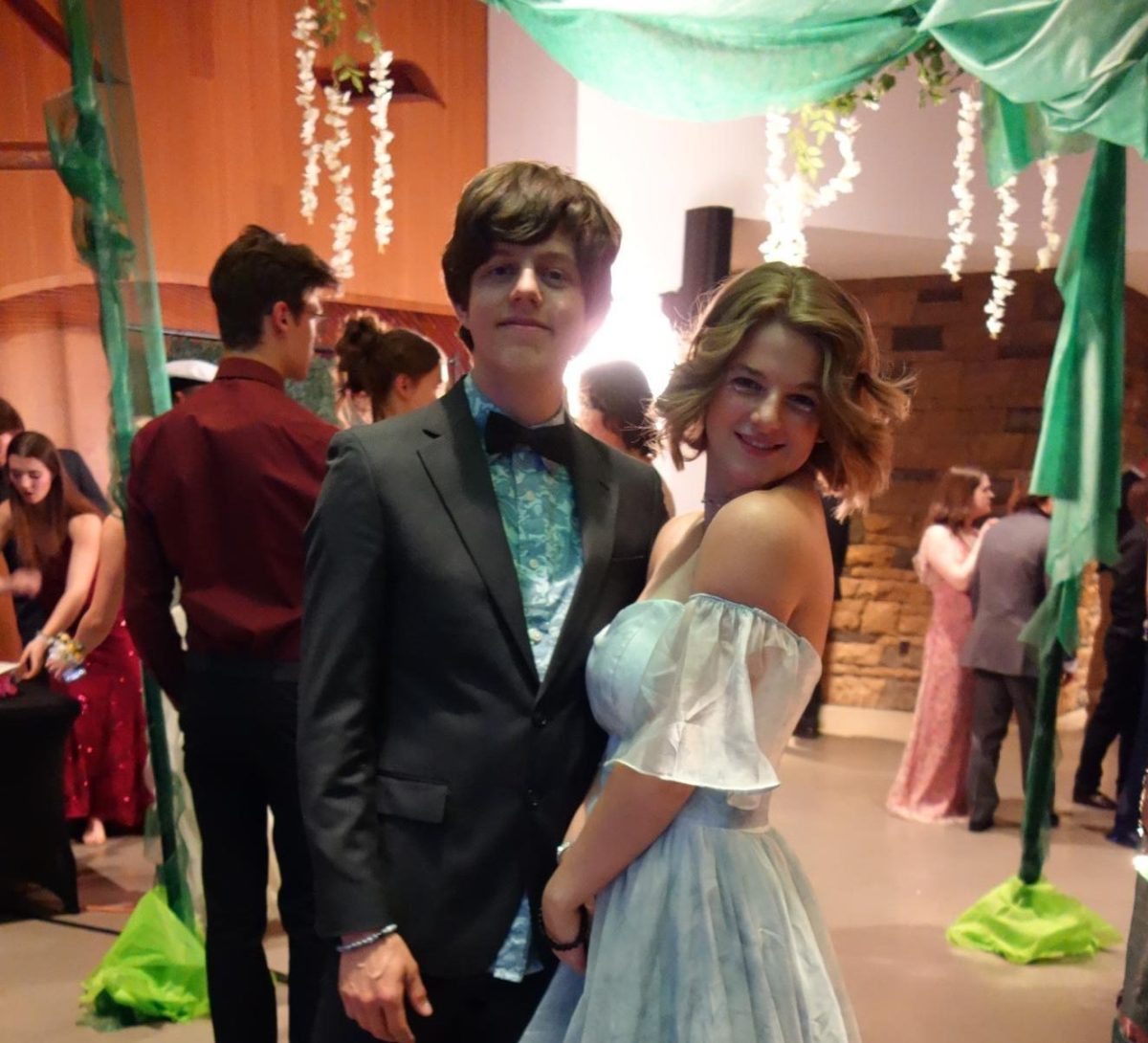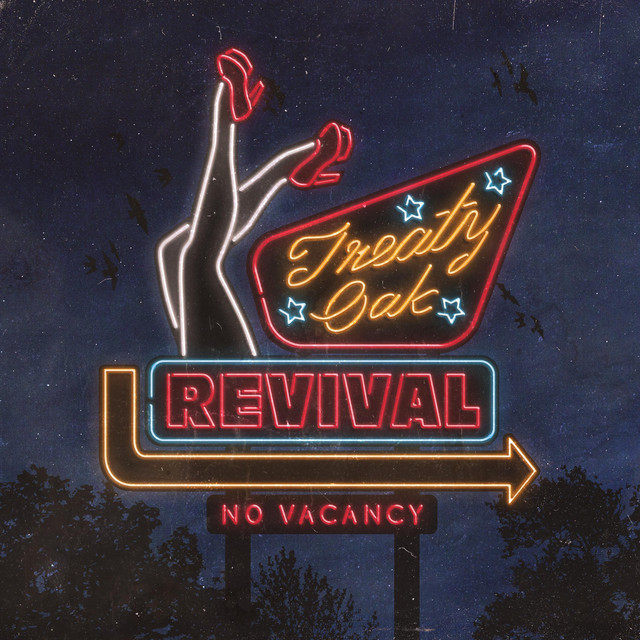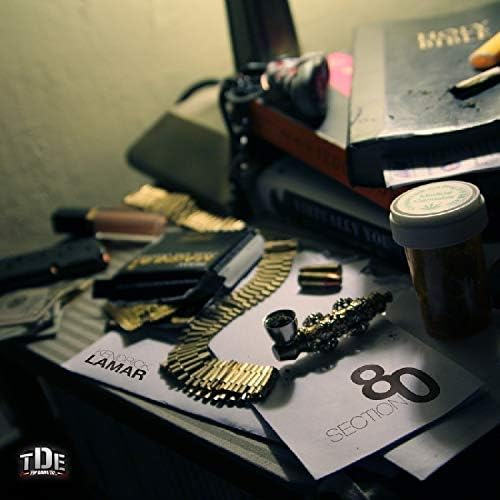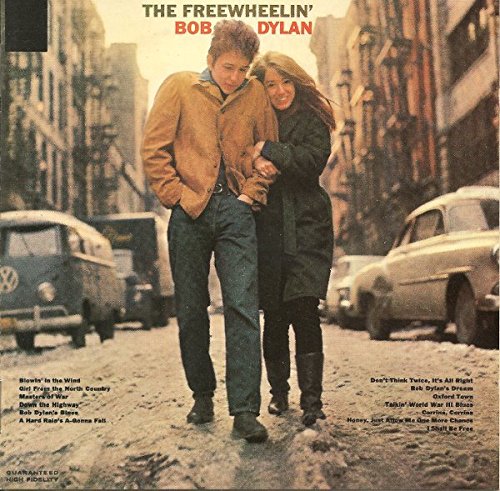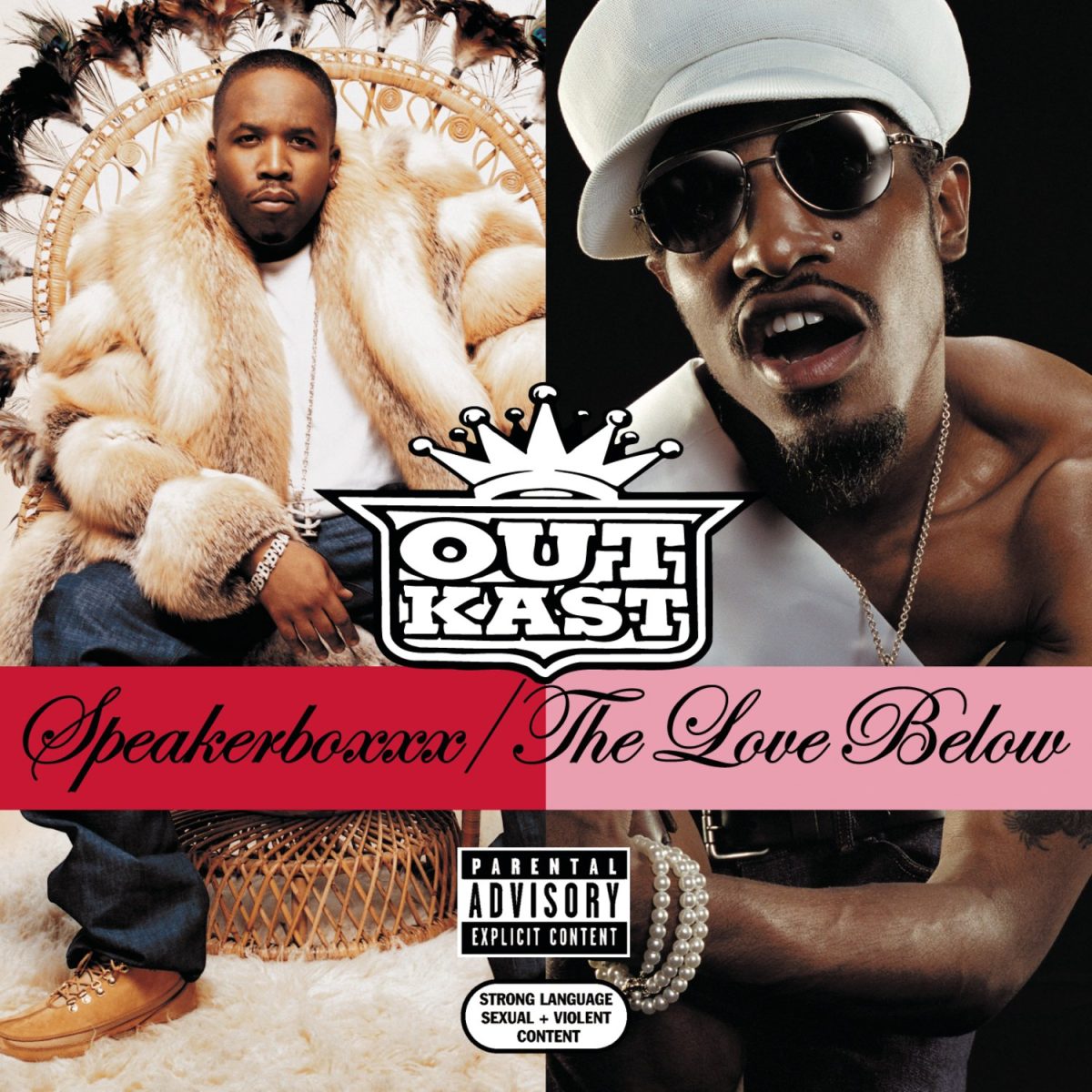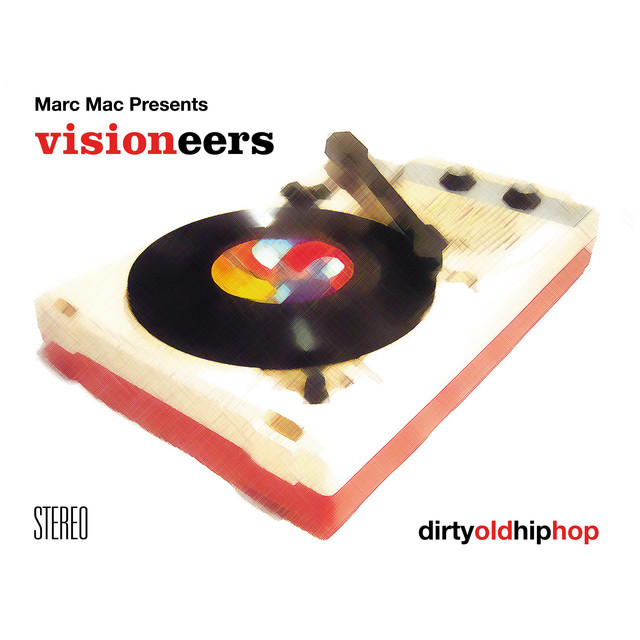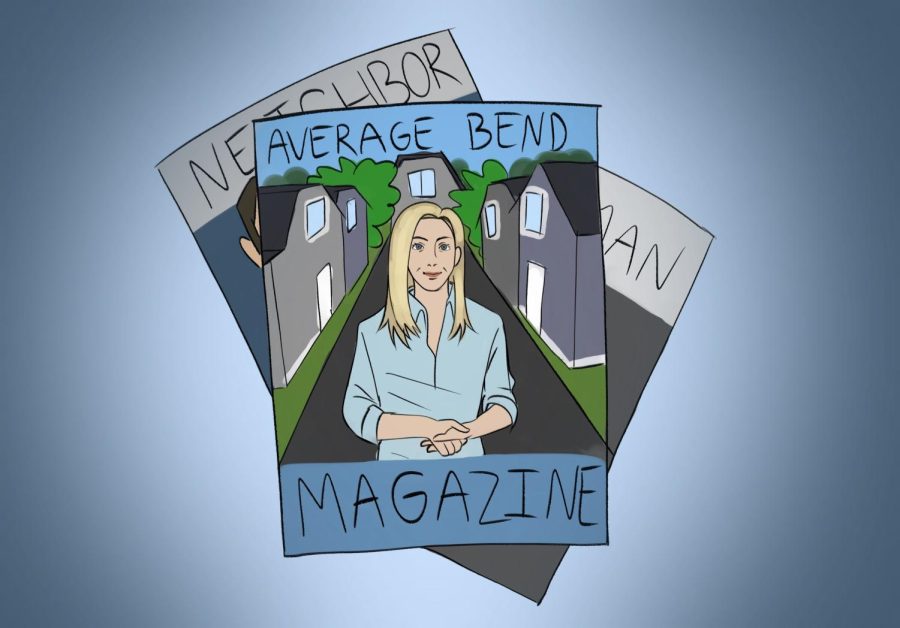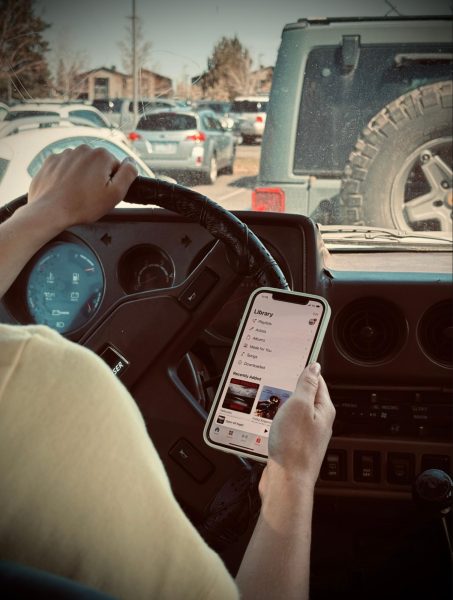The West Side
Chronicling the magazine that changed my life
Every once in a while, along with bills, spam and the occasional Christmas card sent out three months late, a magazine shows up in my mailbox. Roughly fifteen pages long, it’s short, and more than half of it is made out of real estate ads. I first saw it three months ago.
“Oh yeah,” said my mom, leafing through the letters. “That’s the neighborhood magazine.”
The fact that 1. We cannot opt-out of getting this magazine and 2. It is run by four white ladies, is, as my friends like to put it: “A very west side Bend thing.” (A “very west side Bend thing” usually refers to Birkenstocks, the normalcy of having an electric car and the construction of yet another Brew Pub, amongst other things.)
The teasing, of course, was expected. After all, no neighborhood publishes a neighborhood magazine unless they want peoples’ eyes to widen with an “oh wow,” expression. The reactions ranged from indifference to flat-out disdain.
“It reeks of a popularity contest,” said anonymous neighbor “P”. ”This should be communicative as to what’s really going on around here! Something that makes you proud to live here. Because as of right now, I’m not feeling that.”
Here’s a short explanation of what a typical neighborhood magazine looks like: a perfect white family on the cover. Their rescue dogs from Mexico. Inside, financial advisory articles. Photos taken around the neighborhood, blog-like in appearance and personality.
“I feel like the families and people you see in the magazine are typically wealthy, white business owners who pay to be in the magazine to seek attention or gain from the publicity,” said anonymous neighbor “D.” “I also feel that it makes Northwest Bend seem like it’s only a neighborhood for white upper-class families. Like a Hallmark card.”
“It’s not representative of our neighborhood,” said anonymous neighbor “R”, simply.
“Summit West Magazine, while attempting to introduce us to our neighbors, fails our community when they leave behind the DEI [diversity, equity and inclusion] perspective,” said neighbor “S”.
The main concern, they all told me, was that the people they knew in the neighborhood weren’t the same people that they were seeing in the magazine. Because of this, they didn’t see the point in reading it.
When I asked them what they wanted to see on the paper, they all had ideas immediately, like they’d been waiting for someone to come and ask for years.
“I’d love to see stories about children,” said P. “We’re a very family-driven community. Tell me a story about children doing amazing things. I appreciate when they put in stories about trafficking because that’s something of substance!”
P took a deep breath, almost as if she’d like to personally write it herself.
“If they focus on the youth of the community, maybe it would feel less like a friend group of adults’ fifteen-minutes-of fame sort of thing,” said P.
“I’d like to see more BIPOC and LGBTQIA+ families represented on the cover as we all together are the true representation of the Summit West community,” said S.
Ideas for highlighting local businesses, current events (such as the construction of a new neighborhood down our street), the farmers market in the summer, all came easily to them. For my neighbors, they knew what they wanted. And it wasn’t another perfect family.
“I moved here about 18 years ago,” P said. “I moved here because where I was living before was turning into a place where I didn’t want to raise my kids. And now Bend is turning into that place, all over again.”
And then, a small glimmer of hope came in the form of something that my neighbors and I hadn’t expected: a woman activist on the cover.
“Oh great, another white lady.” said anonymous neighbor “M”. “Although, I was pleasantly surprised to find a woman by herself on here. Usually it’s the same cut-and-paste story.”
As if the magazine had read our minds, we poured over the profile, a woman who’d given back to her community, something “of substance.” Hunched on P’s couch, a sugar-free lollipop in hand, we finally saw a person staring back at us instead of a marketing ploy.
“The magazine was started to connect neighbors,” said Stephanie Schofhauser, a content coordinator for one of these such magazines. “We hope that in these times where the world can feel so divided, people can find some common ground through shared stories with those in their neighborhood.”
And to her credit—it did! Maybe just not in the way she’d expected. When I first brought the latest issue up, my neighbors’ faces lit up with pure, unadulterated glee: the kind you’d see when the wait time for Spork is only twenty minutes long.
“I’m stoked that they’re putting in a line about women activists,” M said. “Honestly, it’s a nice change of pace from what they usually have. This time, I actually read through some of the articles.”
For all the people I’d interviewed, none of them had actually read through the magazine in its entirety, initially seeing the white family on the cover and tossing it in the recycling bin. But a woman activist on the cover, no matter race, is still a step in the right direction. And me personally? I’ll keep reading them, just to see how it changes…for the better.
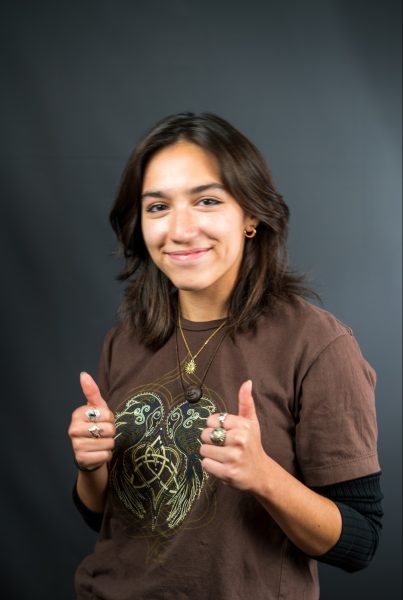
“Mom, I finally made it in the newspaper! Are you proud?”
A brilliant mind and philanthropist, Adri enjoys classical music, regular music, rock music and all other types of music, as well as various...






